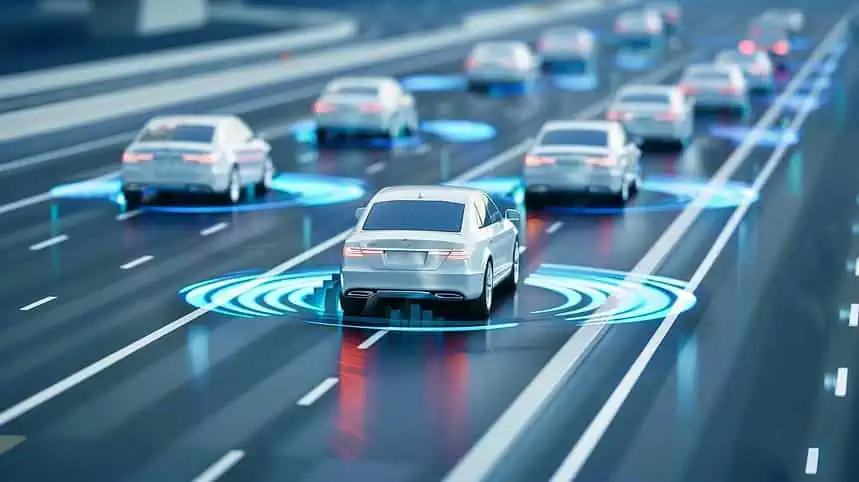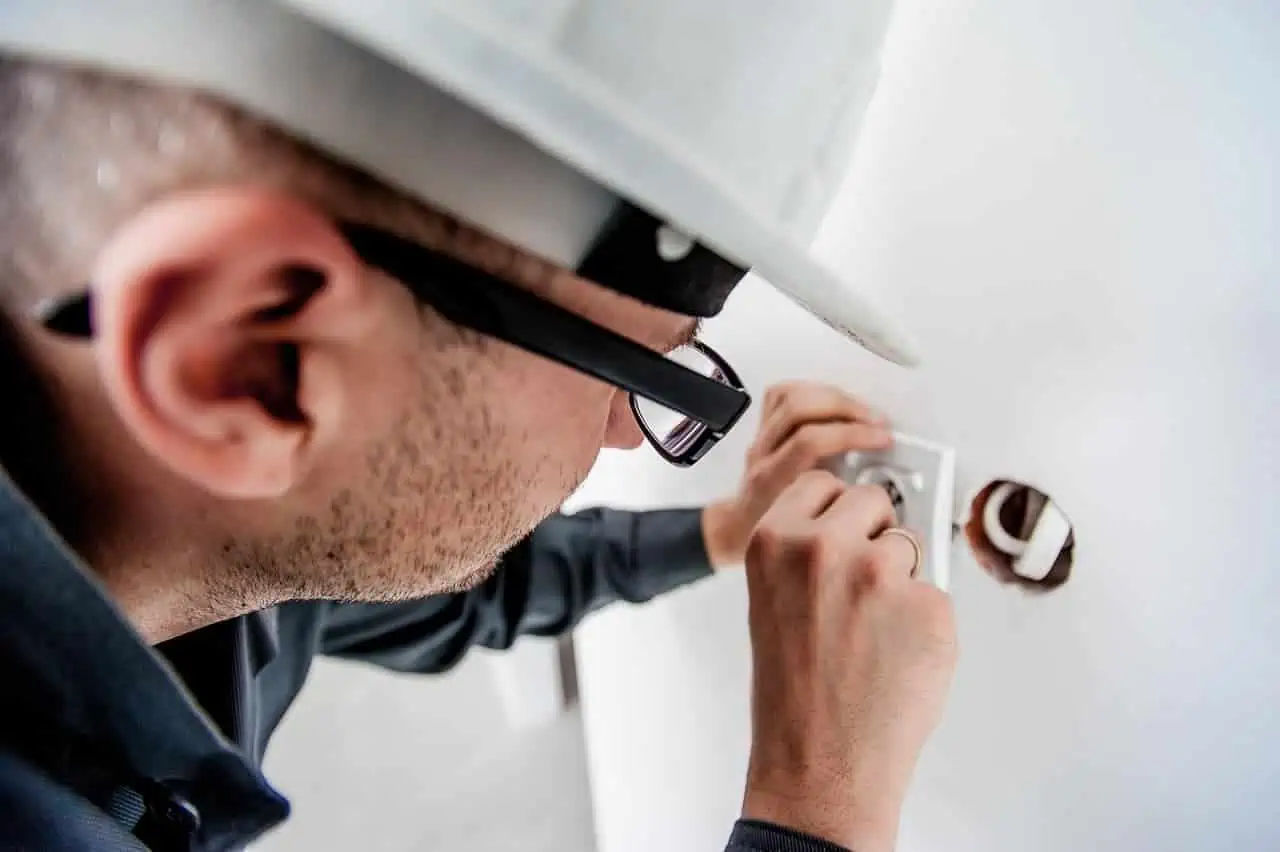The Central Florida Expressway Authority will launch an expressway in the region with groundbreaking wireless charging technology to accelerate electric vehicle adoption.
State Road 516 to feature in-motion charging for a half-mile stretch
According to NBC 6, the CFX is developing the almost five-mile highway dubbed “State Road 516” to integrate Orange and Lake counties.
Despite their booming economies, Lake and Orange Counties in Florida are currently connected by only a handful of roads.
However, one upcoming addition will be a technological marvel. A half-mile stretch of the nearly five-mile highway will feature an innovative in-road charging system for electric vehicles.
Test mules will feature a special receptor that determines when it drives over a wireless charging highway and initiates the charging process.
The CFX’s governing board already unanimously approved the construction for Phase I of the project. The road development will cost almost $550 million, with about $14 million allotted for the EV charging project.
“This is the first brand new highway having the system from the beginning. It is a world premiere.”
Sergio Perez of Enrx, a Norwegian wireless energy company hired by the expressway authority
What’s special about State Road 516?
While other wireless charging roads are already underway in Detroit, Indiana, California, Europe, and Israel, those are only retrofitting already existing roadways.
The CFX hails the new State Road 516 as a model for sustainable transportation infrastructure. Apart from streamlining travel between booming countries, it can also potentially accelerate the EV shift in the region.
Solar panels lining the route will generate roughly 1 megawatt of power, offsetting the road’s operational footprint. Meanwhile, wildlife corridors will ensure safe passage for animals crossing the Green Swamp.
There will also be a dedicated recreational trail that promotes alternative modes of travel.
How does the wireless EV charging road work?
This innovative wireless charging road employs coils buried under the pavement.
These coils serve as invisible power outlets that transmit electromagnetic energy (similar to radio waves or light) to an area just above the road surface.
To take advantage of this energy, battery-electric vehicles need a special receiver plate mounted underneath them. This plate captures the electromagnetic field and converts it into electricity that charges the EVs’ battery.
According to Enrx’s Sergio Perez, the wireless charging road system at SR 516 will be the “most powerful in the world.”
Notably, this new dynamic electric vehicle charging road in Central Florida is a pilot program under the partnership between CFX, ASPIRE, and ENRX.
The project proponents expect the entire highway to finish development by 2027, with construction starting in early April.






